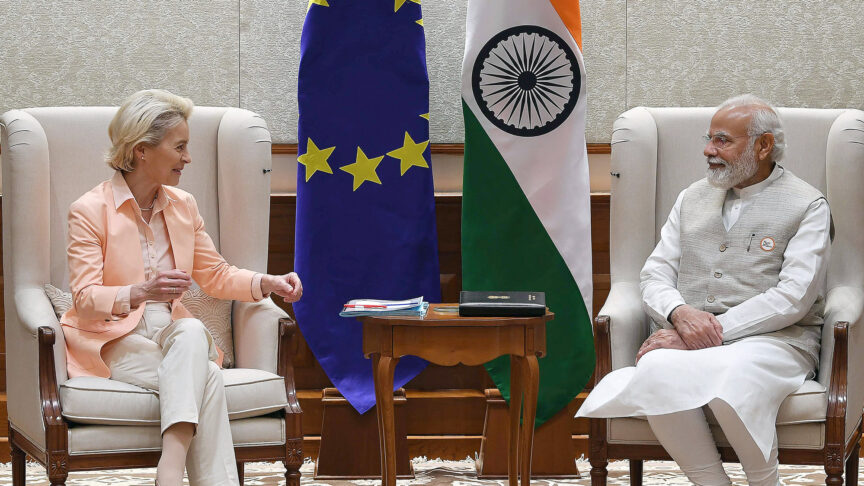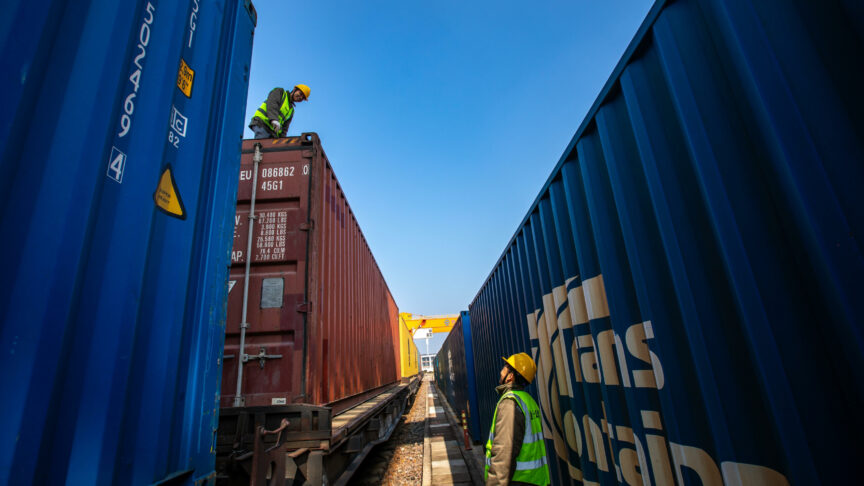East Asia Summit; where is Europe?
The EU could be at the East Asia Summit that is beginning in Hanoi, and it could carry a compelling and coherent message that would be listened to be the Asian states, Russia and the US. But it isn’t. This must change.
It is the biggest multilateral event this side of the G20, including the leaders of India, China, Japan, Korea, Indonesia and Australia. On Saturday the 30th of October the sixteen leaders of the East Asia summit will gather in Hanoi, with special representation for both Russia and the US. Secretary Clinton is joining as the latest leg of her impressive Asia-Pacific trip. From Russia, Lavrov, is flying in. The EU, however, is conspicuously absent.
During the Bush-administration there was no American interest in joining the East Asia Summit, perceived as another talk shop with concrete results. The Obama administration reversed all that. It both signed up for Asian multilateralism – the Treaty of Amity and Cooperation with ASEAN – and made sure it brought something to the negotiation table. At the Asian Regional Forum in Hanoi in May – normally a dull meeting (including the EU) with minimal impact on global headlines – the US, backed by the countries of South East Asia, brought up the South China Sea issue with China. The ripples of that encounter are still lapping up against the shores around Asia.
Russia first pushed itself into the East Asia Summit at the original 2005 gathering in Kuala Lumpur, where Putin showed up as a special guest of the chair. Since then, Russia has shown its consistent interest in being involved, and signed the treaty of Amity and Cooperation. That paid off, and Russia will – like the US from 2011 onwards – be joining at the top-level.
The story of EU involvement, unfortunately, is a sad one. Originally there were differing views inside the EU on whether to try to join the East Asia Summit when it was set up in 2005. There were also differing views whether the EU should sign the admission ticket, which is the treaty of Amity and Cooperation with ASEAN. The treaty is generally speaking a peace treaty. It is also a treaty steeped in the language of its birth years, the 1970s, and replete with language on non-interference and sovereignty. Consequently, it’s not quite a mirror image of the EU’s values.
The EU decided to sign up collectively in late 2006, and it was ASEAN’s turn to be bureaucratic. It demanded a treaty change, as the EU is not a state entity. That, and other national concerns, prompted France to go it alone and sign up individually. The UK government proposed to follow suit but never found a suitable occasion to take matters further. Germany stayed with the common European platform. Since then, the ASEAN amendment was completed in May this year, and the EU is potentially (finally) in a position to be invited to join the East Asia Summit.
But there are still questions to answer before the EU decides that it should join (or before it would be allowed to join) the East Asia Summit.
First, who will be Mr. or Mrs. Europe? At the moment, Asians are probably – and rightly – worried that inviting the EU would entail a huge delegation: It could turn into a combination of the two Presidents, Barroso and van Rompuy (as in the European set-up for the G20), tailgated by the still-functioning rotating Presidency. Add to that Asian uncertainty about whether the big EU countries that signed up bilaterally would also demand an individual seat. That makes the lack of an Asian invitation to the EU quite understandable.
Europe is no longer a particularly compelling world power, with a natural right to occupy several seats just to satisfy questions of internal coordination and the big-power aspirations of individual member states. The fact that there are many Europeans in the negotiating rooms also doesn’t bring better results (as the negotiations in Copenhagen last year demonstrated). The EU must wake up to a new reality, particularly in Asia, where it doesn’t have an automatic seat at the table. Accordingly, the EU should show up with its president, and make it clear to the Asians that, if invited in 2011, Europe will be a one-person show, roughly equivalent to Obama and Medvedev.
Secondly, the EU needs to bring clear priorities to the negotiating table. When Clinton brought up the South China Sea in May, she was rightly addressing worries of the South East Asian states. The message was clear and it had resonance and impact. If the EU had been present tomorrow in Hanoi, its strong priorities would be free trade and the demand for a genuine and concerted push in completing WTO-free trade negotiations. The recently-completed free trade agreement with South Korea would match the EU’s continued free-trade credentials. Free trade is an area where the EU currently has a more coherent position than the US, which remains hampered by Congress and a blind-eyed focus on the appreciation of the renminbi as the only international cure to trade issues. The Asians would listen and appreciate to a European message. Another priority area could be climate change.
In short, it could be done with a compelling and coherent voice that would be listened to by the rest of the summit. But back to reality. The EU is not present at the East Asia Summit. It should be. With one president.
The European Council on Foreign Relations does not take collective positions. ECFR publications only represent the views of their individual authors.


